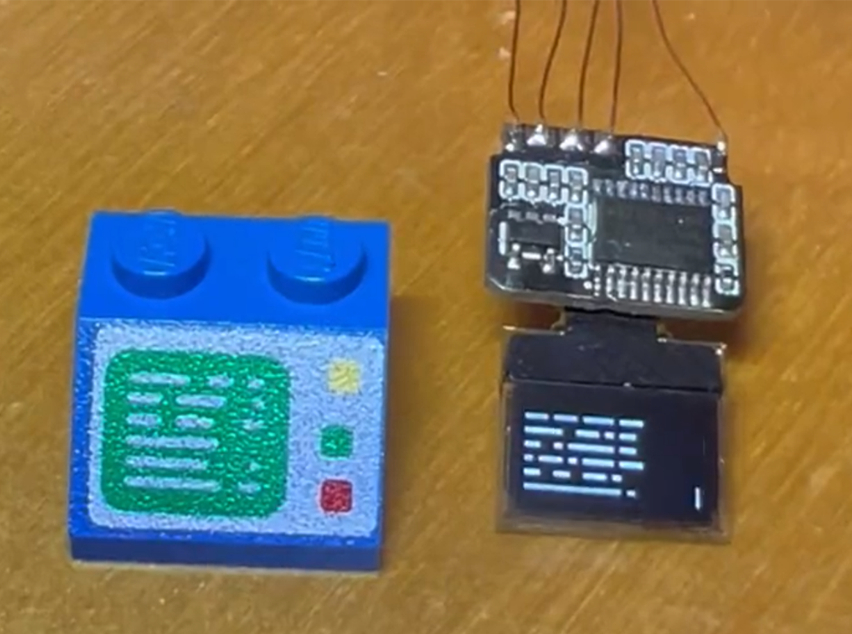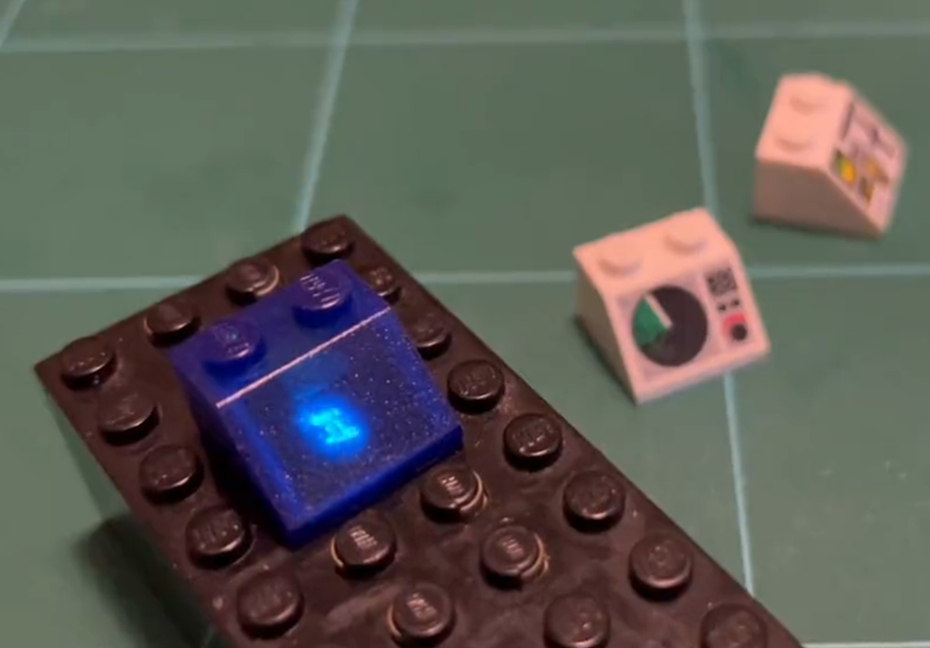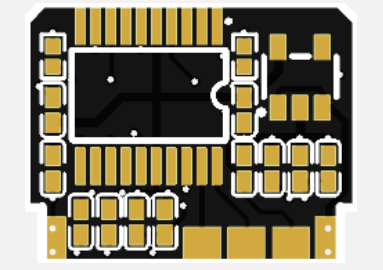Custom LEGO Computer Brick Has Working OLED Display
Nothing quite gets the imagination going like a good LEGO set and that’s become abundantly clear with maker and developer James Brown’s custom LEGO computer terminal brick. This brick doesn’t just look the part, it’s fitted with an actual processor and a working screen to help bring the fictional computer to reality.
Very happy about this. pic.twitter.com/1FofmKbqJPJune 7, 2022
The iconic computer terminal brick it's based off of is made using the 2 x 2 slope brick. James has created this one entirely from scratch with the help of a 3D printer and an ARM-based microcontroller. It powers up and features screen animations that look like lines of terminal code scrolling by as well as a loading animation.
The screen used inside this custom LEGO is super tiny—less than half an inch across—and Brown appears to have ordered tons of these things. Just last month, he used a handful of them to create a custom mechanical keyboard on which each key has its own OLED display. The keyboard can be programmed with a demo video showing the letters changing from lowercase to capital on the fly.
Rather than using a Raspberry Pi to power the tiny terminal, Brown had a custom PCB printed just for the project using a different ARM-based chip. On this board is an STM32F030F4P6TR—an ARM Cortex M0 series microcontroller with a 32-bit single core and 16KB of flash. An RP2040 SoC could be used in its place, should you wish to spin your own PCB. It’s connected to a .42-inch OLED display which has a resolution of 72 x 40px. Brown explains that it gets power from an old LEGO 9V system that uses conductive strips inside the studs.





Instead of taking apart an existing brick, Brown opted to design one from scratch. This process involved 3D-printing a mold in which he could cast the brick with the electronic components fit inside. The final product is a semi-translucent blue brick that illuminates with the light from the OLED display.
If you want to recreate this amazing LEGO at home or just get a better idea of how it goes together, check out the original thread shared to Twitter by James Brown and be sure to follow him for more impressive microelectronics projects.
Get Tom's Hardware's best news and in-depth reviews, straight to your inbox.

Ash Hill is a contributing writer for Tom's Hardware with a wealth of experience in the hobby electronics, 3D printing and PCs. She manages the Pi projects of the month and much of our daily Raspberry Pi reporting while also finding the best coupons and deals on all tech.
-
KananX That’s pretty funny. I remember these Lego bricks from my childhood, ofc without OLED back then. :ROFLMAO:Reply -
husker That brick surface needs to be a lot smother to be able to read the tiny screen better. A better 3-D printer might help, or perhaps that is the limit of a home printer.Reply